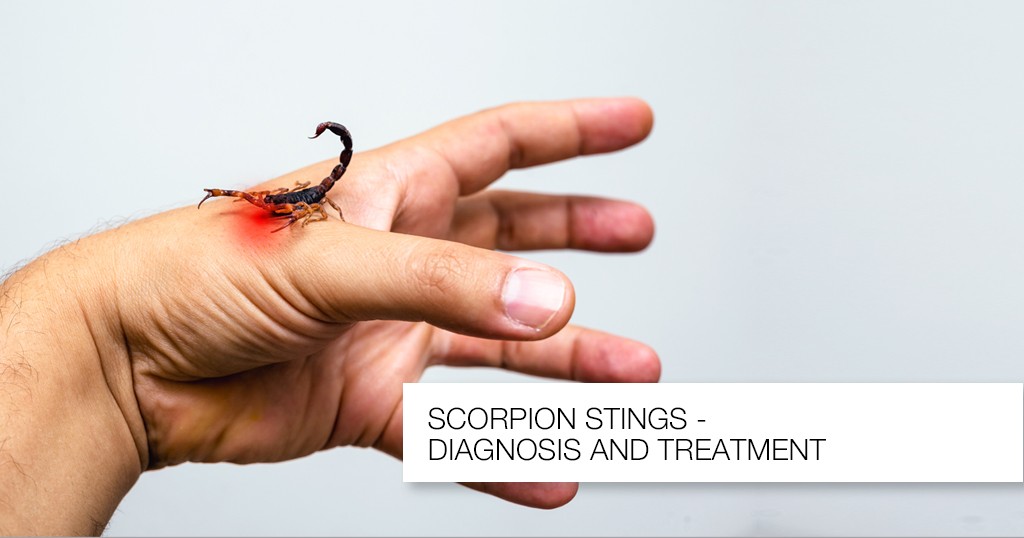Published - Sat, 14 May 2022

A plant-based diet for Life
Research in China has found that, plant-based diet, that is whole food diet, can have an effective effect in preventing our heart disease and cancer and many other critical diseases.
Plant based diet is well known as vegetarian diet. This type of diet consists mostly of those things, which we get directly from plants and trees.
Plant based diet includes fruits, vegetables, nuts, etc. Many types of benefits are present in this type of diet, which helps in keeping the body fit as well as keeping it away from critical diseases.
So let's know about the benefits of this plant based diet.Fruits, vegetables, grains, etc., included in a plant-based diet, protect you from critical diseases. Plant-based foods reduce the risk of cancer. Many such elements are present in them, which prevent tumor growth from forming as well as prevent the loss of healthy body cells. Plant based diet repaired your damaged cells.
Most of the Vegetables and fruits and nuts are full of nutrients. It contains vitamins, minerals, antioxidants and fiber. Fiber is such a nutrient that is found only in plants and related food items.
Plant-based diet keep our body healthy, along with maintaining proper digestion, fiber helps a lot in keeping cholesterol and fat low. In addition, a plant-based diet is also effective in maintaining blood sugar levels.
Created by
Comments (0)
Search
Popular categories
Latest blogs

All you need to know about Syphilis
Tue, 15 Nov 2022

What is Pemphigus Vulgaris?
Tue, 15 Nov 2022

Know about Scorpion Stings
Sat, 12 Nov 2022

Write a public review